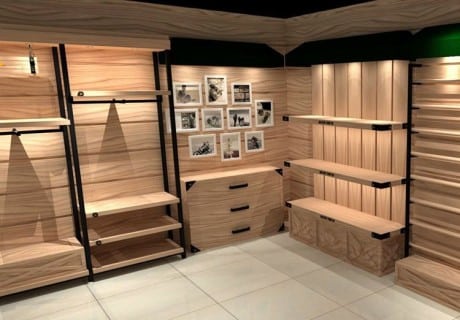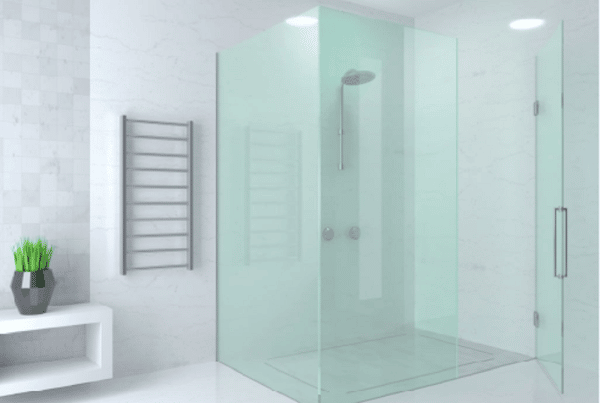There are many differences between tubes and pipes, and it can be confusing to choose the right type. There are some key measurements that determine which is which. The most common distinction between pipes and tubing is their outside diameter. The difference is significant in some applications and less important in others. Keep reading to find out more about these differences. And don’t forget to check out this helpful guide on the differences between pipes and tubes.
Read on to learn more!
The difference between pipe and tube can be confusing, but you don’t need to be a mechanical engineer to distinguish between the two.
- Both types of Tubes & Pipes by Boss Easy Clamps can be used in a variety of applications. A pipe, or PVC, is used for heat transfer applications, while a tube is used for liquid transportation. There are many similarities between the two, but the main difference is that a tube is seamless and a pipe is welded.
- A tube is round and cannot be shaped. It is seamless and is pressure rated. A tube is not pressure rated. It can be made of various materials. A tube can be made of different types of materials and is a more complex process. The difference in manufacturing means that tubes require higher processes and tests. Because of their complexity, they have a longer delivery time. In addition, the yield of a tube is lower than that of a pipe.
- Despite their similar names, pipes and tubes are not interchangeable. One is used for structural applications, while the other is used for other uses. In addition, pipes and tubes are not square, and there is no difference between them. However, they are manufactured differently, and the measurements and properties of the two differ in many ways. Listed below are some of the major differences between tubes and pipes. You can read on to learn more about the differences between the two.
- A pipe is a pipe that is manufactured with a fixed wall thickness. A tube can be made of various materials. But tubes are generally cheaper and easier to work with. In addition, pipes have different manufacturing tolerances. And a tube has a smaller OD. A tube can be made of plastic, which makes it a good material for your next project. If you need to build a structure, a pipe will be the most durable material.
- Although they look similar, the two materials differ. A pipe is used for structural applications, while a tube is used for fluid transport. A tube is round while a pipe is rectangular or square. A tube is made of a metal material and is usually cheaper than a piping material. The two are often interchangeable in applications, so it is essential to know the differences between them. The differences between pipes and tubes are crucial for the safety of your project.

- Despite their similarities, the differences between tubes and pipes can be huge. The differences between tubes and pipes can be enormous and may be confusing for you. It is important to learn the differences between the two so you can choose the right product for your project. In general, though, the difference between a tube and a pipe is the thickness of the wall. And a pipe is thicker than a tube. Typically, a pipe is more durable.
- In terms of size, pipes are often larger and more flexible than tubes. Because they are smaller, they are easier to handle than tubes. They are more rigid and can handle more pressure. The inside diameter of a tube is smaller than that of a tube. They are also generally less expensive. In addition to their differences, there are some important differences between the two materials. For example, pipe walls are thicker than those of tubes, while tube wall thicknesses are thinner than those of pipes.
The Bottom Line
There are two main differences between tubes and pipes. While the two materials are similar, they have different manufacturing processes. In terms of materials, both pipes and tubes are generally round. While tubes are often square or rectangular, tubes are sized according to their corresponding sizes. But while tubes and pipes are both commonly used, they have different applications. While both are strong and durable, they differ in the way they are designed. The latter type is usually more expensive than the former.








